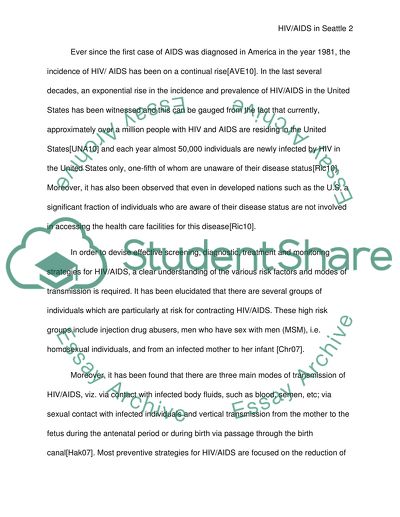Cite this document
(“A public/community health problem analysis Research Paper”, n.d.)
Retrieved from https://studentshare.org/family-consumer-science/1407873-a-public-community-health-problem-analysis
Retrieved from https://studentshare.org/family-consumer-science/1407873-a-public-community-health-problem-analysis
(A public/Community Health Problem Analysis Research Paper)
https://studentshare.org/family-consumer-science/1407873-a-public-community-health-problem-analysis.
https://studentshare.org/family-consumer-science/1407873-a-public-community-health-problem-analysis.
“A public/Community Health Problem Analysis Research Paper”, n.d. https://studentshare.org/family-consumer-science/1407873-a-public-community-health-problem-analysis.


